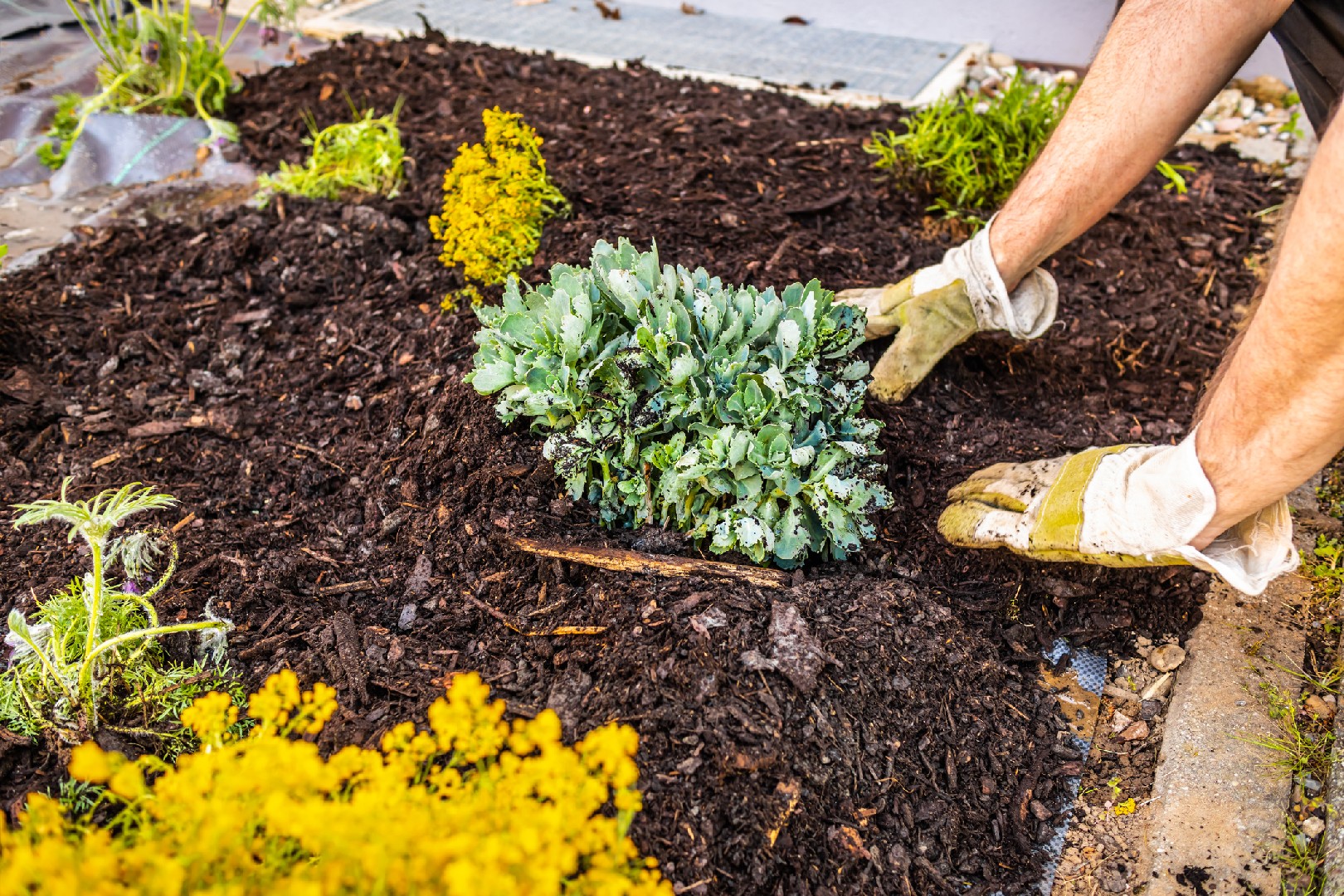![Rectangle]()
Understanding Mulch: Beyond the Surface
Mulch is a vital component in any successful garden or landscape. It not only enhances the appearance of flower beds and pathways but also plays a crucial role in weed control. In this section, we will delve deeper into the definition and attributes of mulch, its origin, types, and benefits, as well as the science behind its effectiveness in controlling weed growth. Additionally, we will highlight the advantages of using mulch for garden maintenance and provide practical tips for optimal results.
Mulch can be defined as any type of material that is spread over the soil surface to cover it, conserve moisture, and control weed growth. Organic mulches, such as wood chips, straw, leaves, and grass clippings, decompose over time, enriching the soil with nutrients as they break down. On the other hand, inorganic mulches, such as gravel, stones, or rubber, do not decompose and provide long-lasting weed suppression.
The use of mulch dates back centuries and can be traced to ancient civilizations. The Egyptians, Greeks, and Romans all recognized the benefits of mulching their crops and gardens. It was observed that covering the soil surface with organic materials helped retain moisture, reduce soil erosion, and suppress weed growth.
There are various types of mulch available today, each with its own set of advantages and characteristics. Wood chips and bark mulch are popular choices due to their natural appearance and ability to improve soil structure. Straw mulch is commonly used in vegetable gardens to keep the soil moist and protect delicate seedlings. Rubber mulch, made from recycled tires, offers durability and long-lasting weed suppression.
One of the main reasons mulch is effective in controlling weed growth is its ability to prevent weed seeds from receiving sunlight. By covering the soil surface with a layer of mulch, weed seeds are deprived of the necessary light to germinate and grow. Additionally, mulch acts as a physical barrier, making it difficult for weeds to penetrate the soil surface.
In addition to weed control, mulch offers numerous benefits for garden maintenance. First and foremost, it helps conserve soil moisture by reducing evaporation. This is particularly important during hot summer months when water can quickly evaporate from the soil surface. Moreover, mulch acts as a natural insulator, regulating soil temperature and protecting plant roots from extreme heat or cold.
To get the most out of your mulch, it is important to apply it correctly. Start by preparing the soil surface by removing any existing weeds or grass. Then, apply a layer of mulch that is around 2-3 inches thick. Ensure that the mulch extends to the drip line of trees and shrubs but is kept away from the base of the plants to prevent stem rot.
In conclusion, mulch is an essential part of any garden or landscape, providing both aesthetic value and practical benefits. By understanding the definition, origin, and science behind mulch, as well as the advantages it offers for weed control and garden maintenance, you can make informed decisions when it comes to incorporating mulch into your own gardening practices. Remember to choose the right type of mulch for your specific needs and apply it correctly for optimal results.





